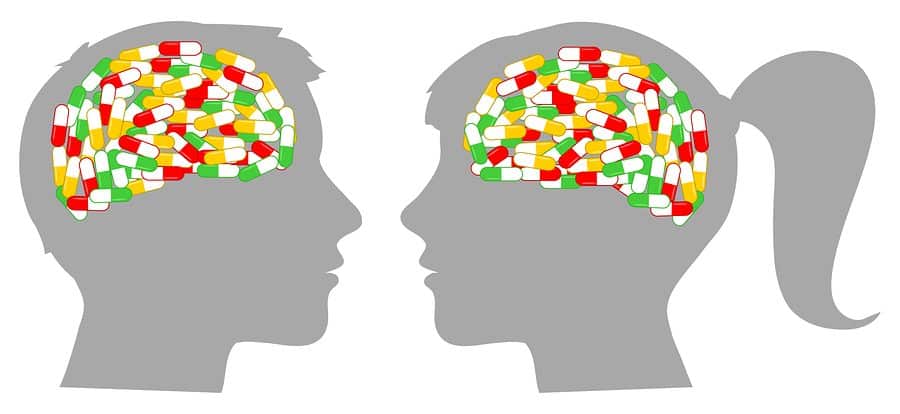Opioids, including heroin, morphine, oxycodone, fentanyl, and more, are commonly used around the world — the National Institute on Drug Abuse reports that an estimated 26.4 to 36 million people abuse opioids worldwide. Many types of opioids are abused by addicts and though the street drugs like heroin get the most press, the rate of adduction and abuse of morphine and oxycodone are just as high if not higher! It can be difficult to understand why people get addicted to these powerful opioids and the simplest answer is this- their brains and their bodies get addicted to the way the drugs feel and without the drug in their system even basic functions are difficult or painful. It is like only being able to swim with water wings and then suddenly being thrown in a pool without them. You do not know how to deal with that missing piece and your flounder and if the body fails to adapt and learn a new way to swim, you drown. Understanding why the addiction happens and what these drugs do to the boy and brain is critical to understanding how to fight this growing epidemic.
Here’s what happens to the brain and body when opioids are used:
1. Opioids trigger specialized opioid receptors located throughout the body
These specialized receptors occur in the brain, spinal cord, digestive tract, and other organs in the body. They are designed to be specifically sensitive to the presence of opioids in the body and when these compounds are ingested, they tend to congregate in the regions of these receptors.
2. Pain perception is reduced
The reason opioids help with pain isn’t that they remove the pain but rather that they mask the pain. They activate the opioid reactors and these shut down pain receptors in these areas. Opioids are commonly prescribed after major surgery or to treat pain from a traumatic injury or sever chronic condition that causes pain. They work well in many cases but the deadening effect can become addictive very easily.
3. A euphoria effect kicks in with the brain
Opioids are prescribed in various forms and most common of legal versions are pills. Heroin and extra strong versions of prescription opioids can be taken in a liquid or powder form. The effect of pain deadening occurs because the drug floods the blood and hits the brain where it creates a euphoric feeling that helps to disconnect the brain from the pain signals the body is sending. To produce this rush, the brain’s limbic system is deadened to create the floating, happy, relax feeling addicts seek.
4. Mental function is clouded
A side effect of this surge of euphoria in the brain is a decrease in mental clarity. When the brain is dulled to the pint it doesn’t registered pain signals as much, many of the other functions are also greatly impaired. Users commonly experience brain fog, slow reflexes, impaired judgment, and speech and hearing disturbances as well.
5. Analgesic effect seen with the spinal cord
Opioids block the flow of the millions of electrical signals that go to and from the brain every day. The work to disrupt the pain messages that are sent through the nervous system so the brain does not receive as many. It is like having 1,000 roads leading to one central spot and closing down all but 100 of them to reduce the strain and work load for a time.
6. Dopamine begins to be released into the blood stream
After the opioid receptors get triggered in the spinal cord and the brain, the signal to release dopamine will then begin to take effect. Dopamine is a neurotransmitter that’s works with the brain’s pleasure system and when the levels get high enough you begin to feel happy and content and relaxed.
7. Depending one various factors the high can last 15 minutes or 6+ hours
Although many opioids are considered to be in the same class of drugs, their effects on the brain and body will have varying levels of intensity and they will also last for different amounts of time. Heroin’s high effect can last for an average of 15 to 30 minutes, with a very intense yet brief high. Morphine on the other hand can last 4-6 hours with not as high an intensity but a much longer lasting effect. This is why some opioids are more suited for certain types of pain management applications.
With the use of any opioids there are of course unwanted side effects that come with that rush and the reduction of pain. When used correctly in things like oxycodone or morphine common side effects include dry mouth, upset stomach, ulcers, headaches, constipation, and irritability. For drug users, opioids like heroin can cause severe reactions like heart palpitations, blood pressure issues, aneurysm, stroke, and death.
